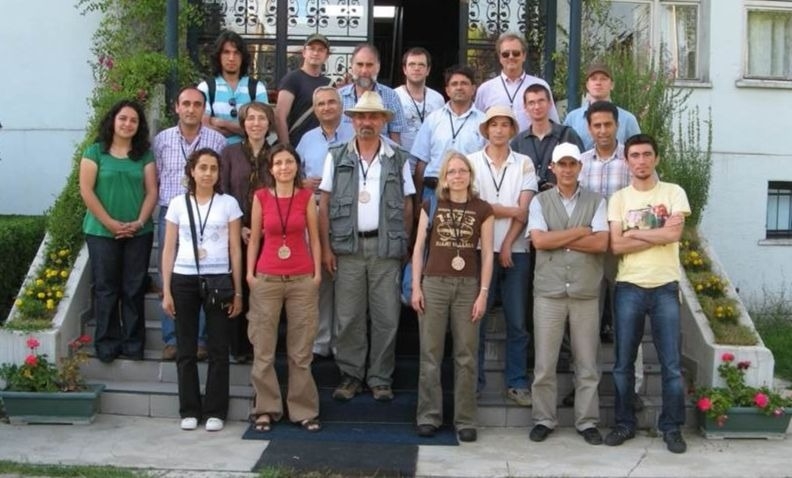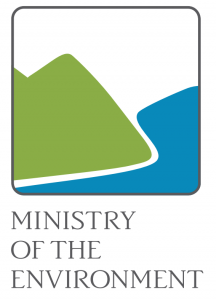The science of Dendrochronology (derived from the Greek words for “tree” – “dendro” and “knowing the time” – “chronology”) is a set of techniques by which the annual growth layers of trees can be assigned to a definite calendar year. The history of changes in the tree’s environment is reflected in various properties of the tree rings. These properties include ring width, cell size, wood density, trace element composition, and concentrations of stable isotopes and radioactive isotopes. External environmental variables affect the physiological processes that control tree growth and leave a permanent record in ring properties.
Tree-ring series can be used to reconstruct past variations in precipitation, river flows, temperature, soil moisture, the frequency of droughts, forest fires, major forest pest outbreaks, and other phenomena important to the management of natural resources and the natural and human environment. What can be reconstructed depends on those factors that limit growth. The reconstructions typically cover several centuries, but can occasionally extend to millennia and, as a result, be a valuable tool for researchers and managers in their quest to understand the variability of systems on timescales beyond the reach of conventional instrumental records. Such understanding can be especially important in regions such as the Mediterranean, where general circulation models project considerably increased aridity as a consequence of increasing greenhouse gases.
In this course, the participants will be introduced to techniques of dendrochronology and conduct practical training sessions in using these techniques. The instrumental and proxy records (tree-ring chronologies) will be used to place the climatic conditions faced in the management of trees, water, livestock, indigenous herbivores, and people and their needs in a proper long-term perspective. By understanding climate variability through time, managers and planners will be able to reduce the risk of failure in training the anticipated outcomes because of the changing characteristics of the climate. The interactions of participants at the summer course will spur research activities that lead to the more sustainable development of natural resources in Russia and surrounding countries, and will also introduce students to dendrochronological techniques that may apply to any type of climate reconstruction and environmental management. The training, in particular, will strengthen the participants’ capability to directly apply dendrochronology in natural resources, hydrology, climatology, anthropology, archeology and other fields in which improved knowledge of environmental variability is important.
The interactions should also increase the likelihood of future collaboration of researchers in Europe, the Russian Federation, USA, China and other Asian countries. The collaboration will benefit society by helping reduce the likelihood of future international stress due to resource shortages. In this context, dendrochronology can be used as a tool for environmental research and management. The attending students will also benefit from learning how to use such tools in improving their scientific and professional profiles. The findings of the summer course will be distributed to a wider audience through a course website whose location will be distributed on appropriate internet user forums.
Who Should Attend
The course is structured for participants who have an interest in learning the applications of Dendrochronology and have a preliminary background in the statistic. The language of the course is English.



